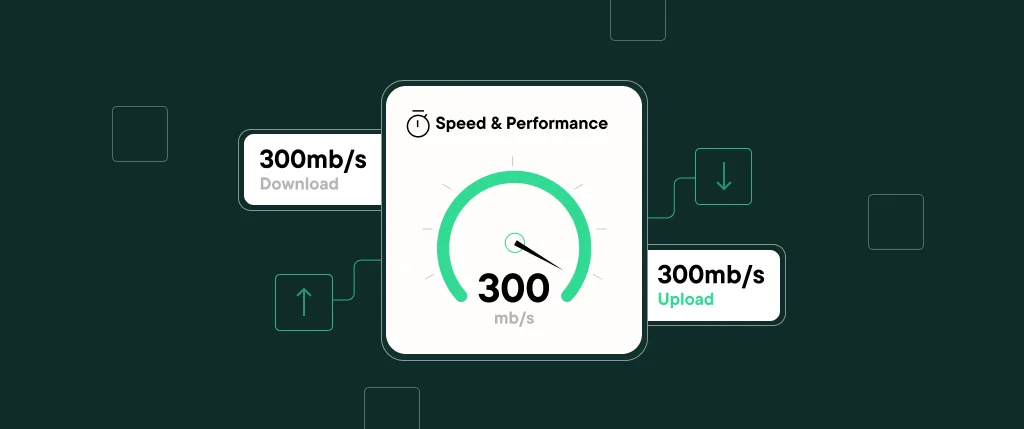It has been waxed lyrical about how a website’s performance can have an impact on its page speed.
This claim, backed up with many a statistic about the number of seconds that it usually takes for visitors to switch off (around 3 seconds), give an insight into why having a slow website is a no-go.
Is it all true though? Does Google instead focus on ‘popularity’ (number of pages hits) to boost the list ranking of a website? Helpfully, there’s been plenty of investigative work into the direct correlation of page speed and search engine optimisation (SEO). Google for one seems to favour websites that load their pages quicker than 2.5 seconds – that half second faster than the average user’s interest.
This is all imperative to know, as the risk of getting your website de-listed from Google – which many potential consumers use to shop for new business – is too high. Improving speed increases SEO, and having a higher ranking online can be a massive advantage.
There is further help out there to check site speed and understand what’s working and what isn’t so that improvements can be made. Read on to find out some tricks to boost loading speed and get more eyes on your web offering.
The tools at hand
We would recommend starting by checking site speed, and then analysing exactly what to look for in the results. For this, GTmetrix is an invaluable resource to keep close to hand.
GTmetrix was developed by Carbon60 – a company enabling business to work cloud-based – and acts as a tool for customers to test the performance and loading speed of their web pages.
From pasting a simple URL, GTmetrix can generate a performance report for multiple devices, even allowing for real-time notifications if speed is slowed.
The GTmetrix Report has been redesigned in affiliation with Google Lighthouse – an analysis engine that also powers Google PageInsights. Lighthouse’s metrics are the industry standard for providing analysis on website performance, and aims to track timings according to what a website user would experience.
What’s in the results?
Here are the key findings to look out for to help improve site performance.
GTmetrix Grade: After a quick scan, a graded score is given based on Performance and Structure Scores. Performance is given as a percentage, based on 6 key metrics, some given below in Web Vitals. Structure score represents how the layout of the web page influences the standard of performance.
Web Vitals: This is made up of 3 components. LCP measures how long the largest content takes to load (such as a hero image), TBT informs how much time gets blocked by scripts while a page loads, and CLS identifies how much layout shift gets experienced by visitors to your website.
Speed Index: This metric tracks how long it takes for all the visual elements of your page to fully load over time. It accounts for around 10% of the total Performance Score. Good UX is usually less than 1.3 seconds.
Time to Interactive: How long it takes for your page to become fully interactive, a good indictor being less than 2.5 seconds.
Also, using the History tab, the performance metrics can be tracked over time to see if improvements are working.
3 ways to improve speed
- Caching: By storing versions of web pages into a temporary location, caching is able to quickly respond to those same requests in the future, rather than downloading elements afresh. It boosts the page loading speed by cutting down the delivery time.
- Optimising images: large images, held in a CMS library, can slow web loading pages and are bad for SEO too. Altering their size, compressing them, or even deleting unused images altogether from your media library are great starting points. Hosting on WordPress allows for the use of a content delivery network (CDN) to send copies of images from the original server to edge servers around the world.
- Changing hosting platform: the standard of the hosting platform can directly impact performance. Much of this comes down to the bandwidth of the servers used. Cheaper, standardised offerings can operate through shared hosting which slows loading speeds.
Start thinking long term
Starting to regularly check page speeds, analysing the data and crafting improvements through where the website is hosted – whether that be editing space, images, removing outdated plugins etc – is good practice. Implementing a long-term plan for a website is key, albeit adding constant improvements is an organic process.
Much of the hard work can be achieved through a great hosting platform such as WordPress. It allows the users to control features using pre-made components or using developer-defined custom code. Useful plugins and integrations, and hosting via a CDN, are not only great to add security, but in turn they can optimise web performance and boost Google ranking simultaneously.
The link between page speed and SEO is a massive factor in the success of a website. If you would like to find out more about boosting performance through a trusted web hosting platform, get in touch with the SiteBox team for a consultation.



